Our Very Own Tribble Infestation

Before the “Jews in Space” exhibit blasts off to a new location next week, I want to take this opportunity to relate our current boom of the 17-year cicada to the popular and ever-so-lovable Tribbles from Star Trek. Much like the Tribbles from Star Trek, the eastern United States seems overrun with the little insects. In fact, a single acre of land can contain up to 1 million cicadas emerging from the ground! Tribbles make small cooing noises to communicate while male cicadas produce a loud humming sound that reachs audible levels up to 100 decibels which is about the same as a jackhammer.
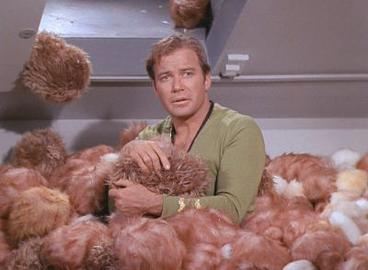
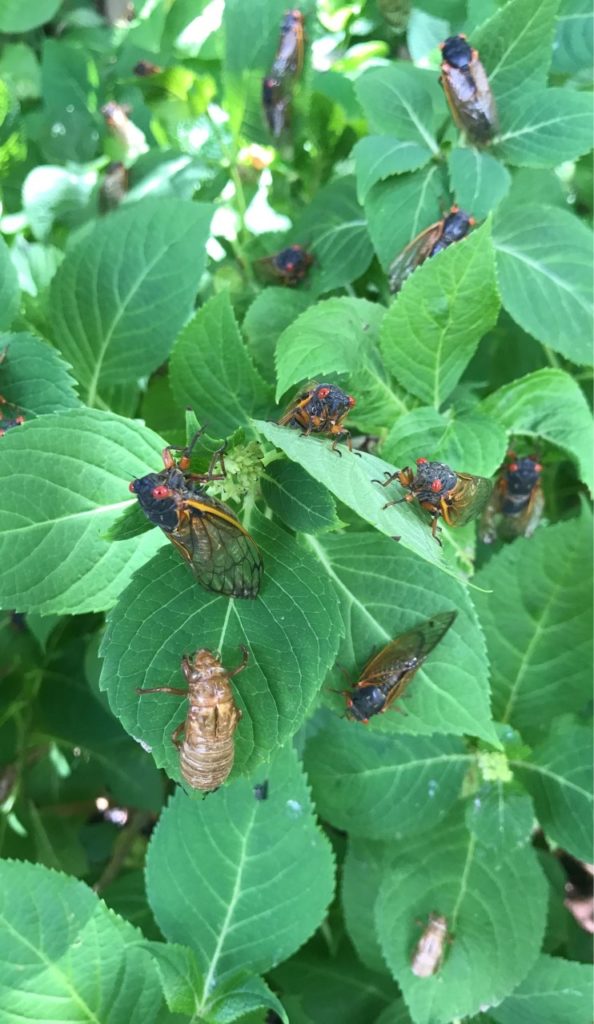
When preparing to mate, cicadas will first need to emerge from the ground and shed their exoskeleton, their outer shell. You can see these brown husks clinging to anything and everything including, but not limited to, trees, leaves, grass, tires, bricks, housing siding, outside decorations, etc.
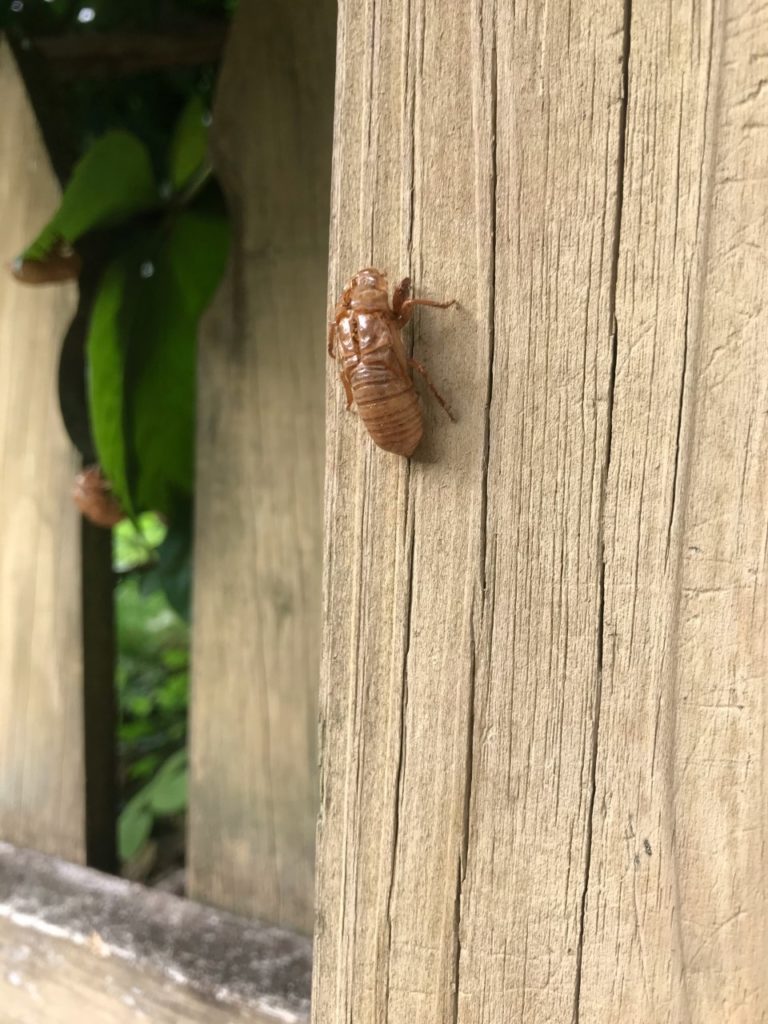
After emerging from their exoskeletons, the cicadas all look like they have seen a ghost. They emerge pure white before their bodies harden and wings dry out. It is during this transition stage they are the tastiest for predators, though that doesn’t seem to dissuade my dog from munching on the fully hardened and grown cicadas flying around.
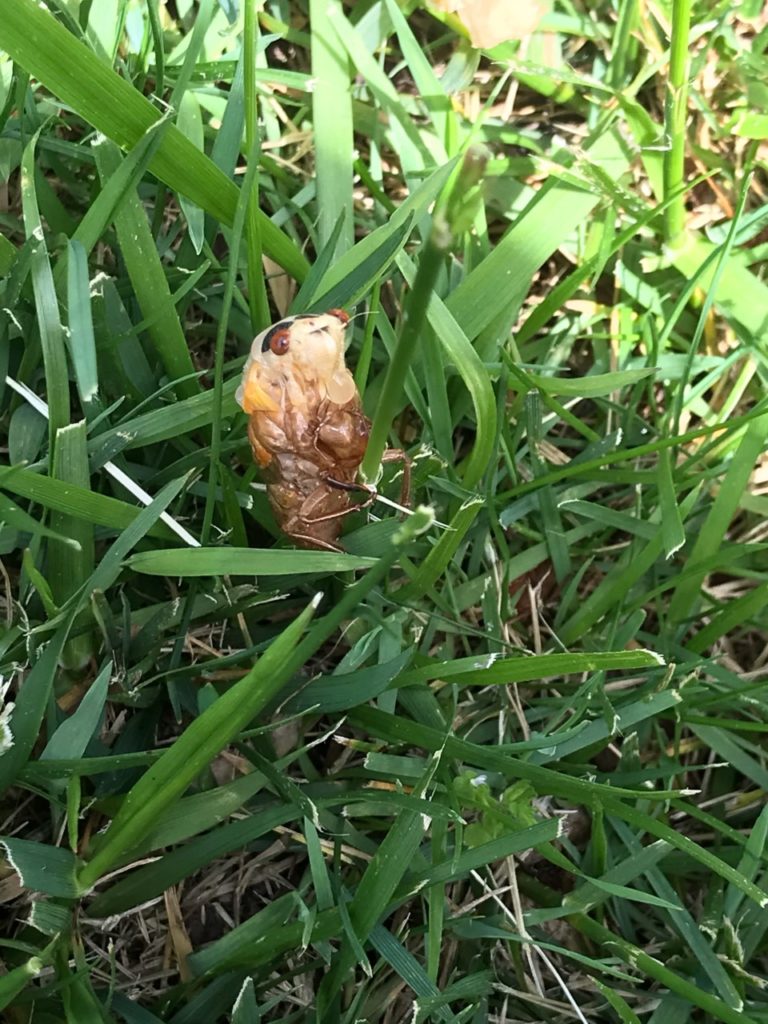
After spending a couple days hardening their shells, the cicadas start calling out for a mate. If you are interested in cicadas like I am and don’t mind picking up the little flying bugs, you can check their sex relatively easily. Males have a domed, rounded abdomen (see top image) while females have a pointed abdomen (see bottom image).
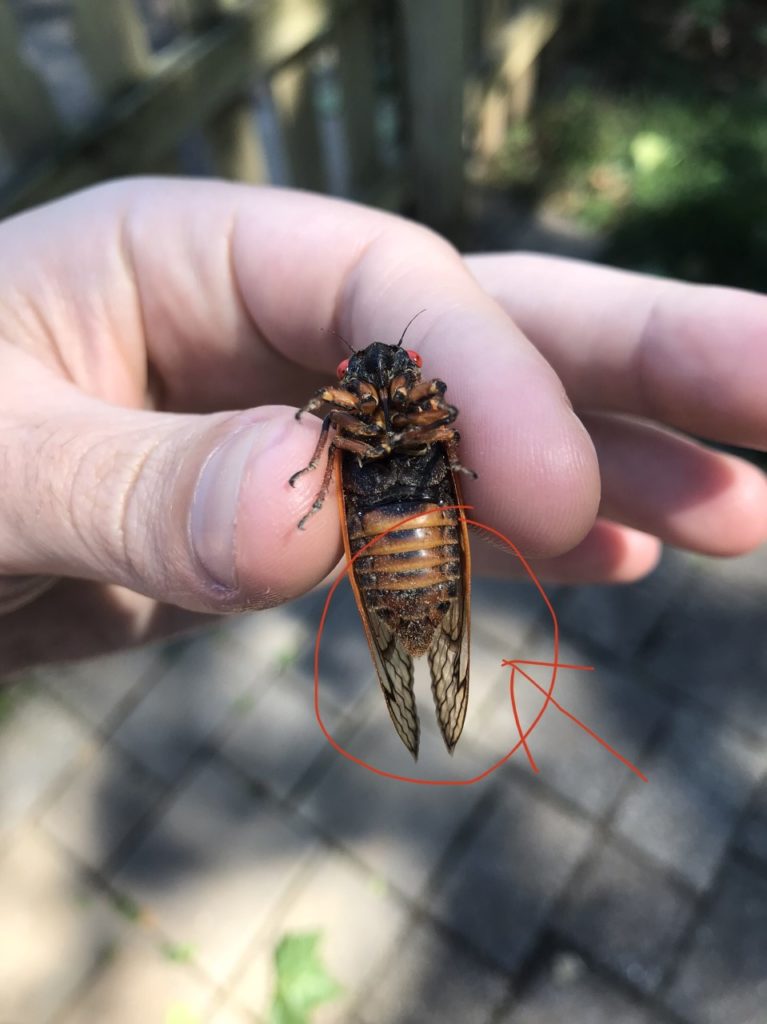
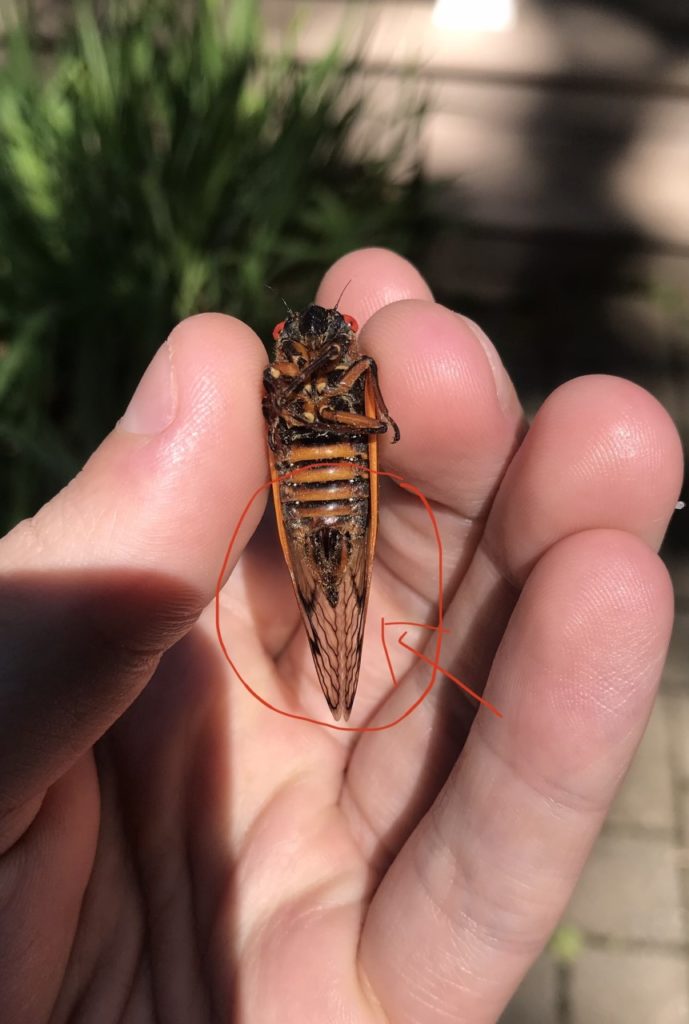
Cicadas are not that graceful. Watching them flying around, you will notice they collide into anything and everything around, including humans. Don’t worry though, they are completely harmless. For many, it seems like they spend half their life on their backs while struggling to flip themselves after crash landing to the ground or bouncing off a wall. If this happens, you will hear the flurry of wings flapping while they try to flip over.
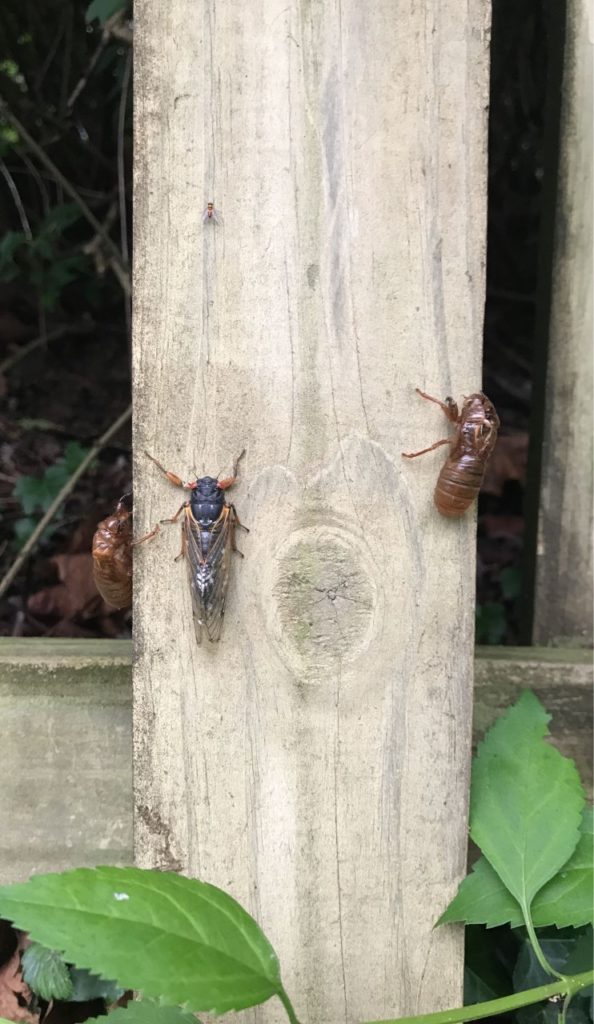
With a lifespan of three to six weeks, if you aren’t a fan of these bugs you don’t have to worry too much since they will soon reach the end of their lives and be out of our hair. As the offspring of two biologists, I remember growing up with the last round of Brood X cicadas when they emerged in 2004. We filled some mason jars full of their exoskeletons and still have them to this day stored in my parent’s basement. I can guarantee the shells of this year’s emergence are going to join the 2004 emergence, so needless to say, I’ve enjoyed watching the cicadas the past couple weeks as they complete their life cycle.
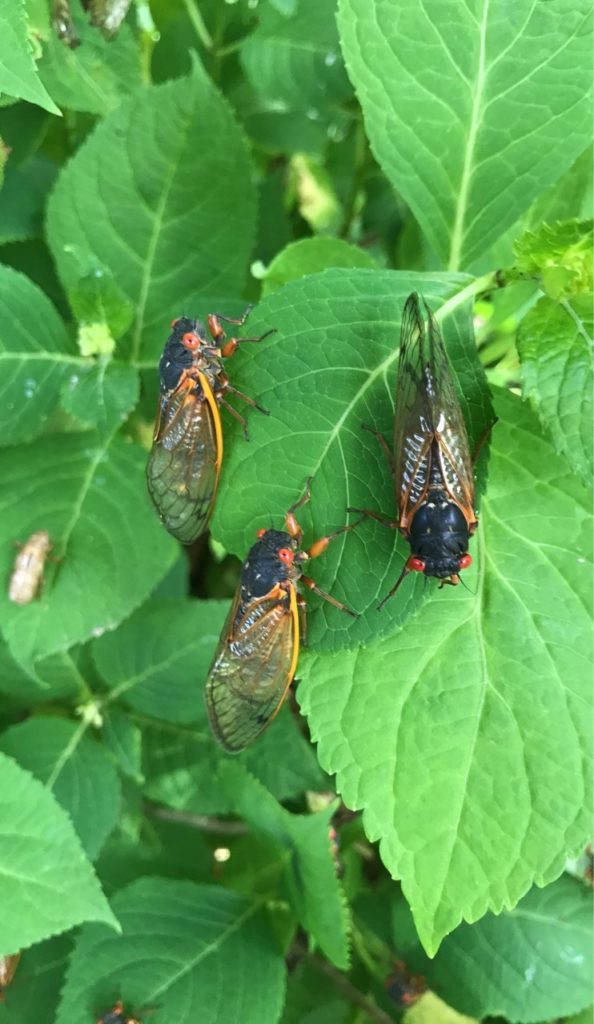
For those interested in viewing our Jews in Space exhibit, but were unable to secure a time to visit, there are a wide variety of recorded programs available through our JMM website and on our YouTube, Jewish Museum of Maryland. For a full list of recorded programs, check out this previous blog post: https://jewishmuseummd.org/space-programs-available-for-your-viewing-pleasure/.
